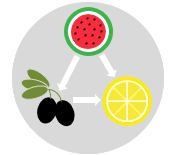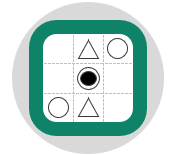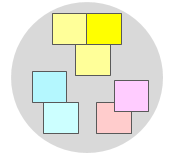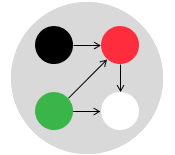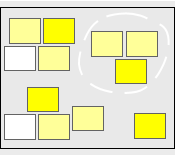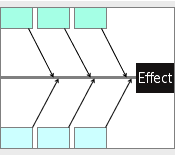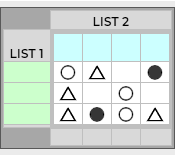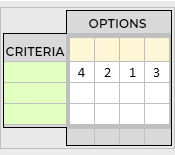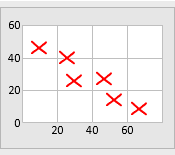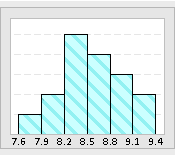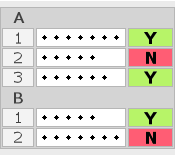The Seven Basic Tools of Quality are a set of useful tools that can be used to solve many quality-related problems. They contain qualitative and quantitative techniques and are often used in the context of the PDCA cycle. There is currently no consensus on the specific tools to be included in the seven basic tools of quality, however, five of the seven tools are agreed upon by most of the authors: histograms, control charts, fishbone diagrams, Pareto charts and scatter diagrams. Tools that are not agreed upon may include: flowcharts, check sheets, run charts, stratification, trend charts and other types of analytical graphs.

The Seven Management and Planning Tools on the other hand are a set of tools designed to organize and analyze facts and ideas when dealing with complex problems. They can be utilized by teams to enhance the decision-making process and facilitate more informed and effective decisions. The seven commonly recognized management and planning tools include: affinity diagrams, tree diagrams, matrix diagrams, interrelationship diagrams, activity network diagrams, prioritization matrices and process decision program charts.
The following map provides a comprehensive list of both sets of tools.
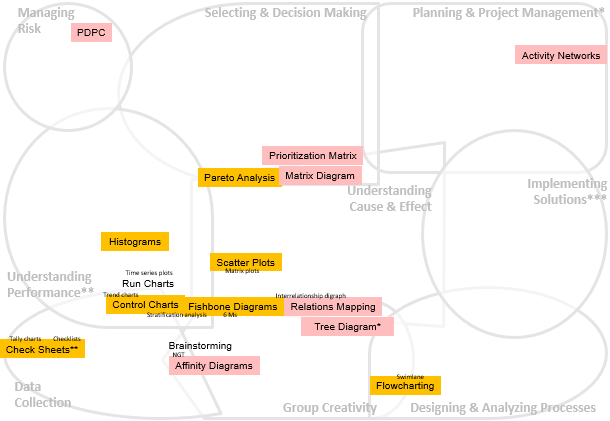
Related Articles
Related Templates



